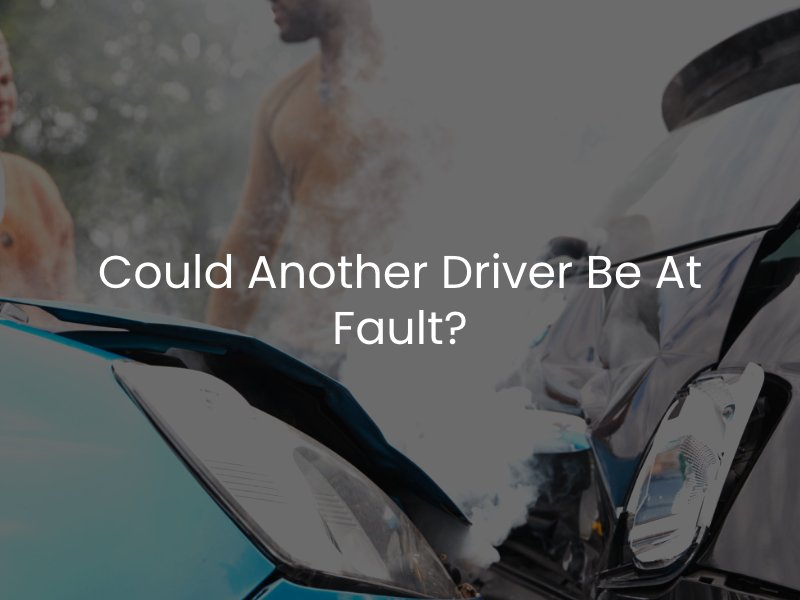Who is at Fault for a Rear-End Accident in California?
The driver is always at fault for a rear-end accident is a common refrain, but one that is not true.
Yes, in many (or even most) circumstances, the rear driver of a read-end accident is at fault, at least in some way. However, there are times when the front driver could share some or all of the liability for the incident. Here, we want to examine different fault possibilities for a California read-end accident.
When the Rear Driver is At Fault
Rear drivers are more often than not found at fault for a rear-end collision. All drivers are responsible for leaving enough distance between themselves and the vehicle in front of them to be able to stop or adjust driving tactics in the event something occurs on the roadway in front of them. Generally, even if a front driver slams on their brakes for seemingly no reason and is rear-ended by another driver, the rear driver will be at least partially at fault.
Could Another Driver Be At Fault?
A rear driver will not always be the person at fault for a rear-end collision. Sometimes, the front driver could be at-responsible, or there may be other parties that share liability for the incident. For example, if a person gets rear-ended because they had to come to an abrupt stop due to a negligent bicyclist or motorcyclist in front of them, liability can get a little more challenging. A complete investigation will be needed to determine who caused the incident. In a situation like this, the bicyclist or motorcyclist could also share fault for the incident along with a rear driver. (southern.ncsy.org/)

The front driver of a rear-end collision could be at fault in their own right in several different ways:
- Sudden stopping. If the front driver stops abruptly without a valid reason, especially on highways or at high speeds, they could be considered partially or fully at fault for the resulting rear-end collision.
- Reverse driving. If the front driver suddenly shifts into reverse and moves backward, causing a collision with the vehicle behind them, they would be at fault.
- Faulty brake lights. If the front vehicle’s brake lights are not functioning and the driver fails to repair them, this could lead to a rear-end collision because the rear driver may not realize the front vehicle is slowing down or stopping.
- Erratic driving. If the front driver is driving erratically, making unpredictable moves without signaling, such as sudden lane changes or erratic speed adjustments, they might share the blame if these actions lead to a rear-end collision.
- Driving under the influence. If it is proven that the front driver was under the influence of drugs or alcohol at the time of the accident, this could significantly affect fault determination, even in a rear-end collision scenario.
- Illegal or unsafe lane changes. If the front driver changes lanes unsafely or without signaling, cutting in front of another vehicle too closely, and then stops or slows down, they could be considered at fault for the collision.
- Vehicle malfunctions. If the front vehicle has a mechanical issue, such as a sudden tire blowout, and the driver fails to safely manage the vehicle (e.g., not pulling over to the side of the road when safe to do so), they could be deemed responsible.
We encourage you to reach out to an Sacramento car accident attorney with experience handling complex New York rear-end accident claims before making a decision about your claim.